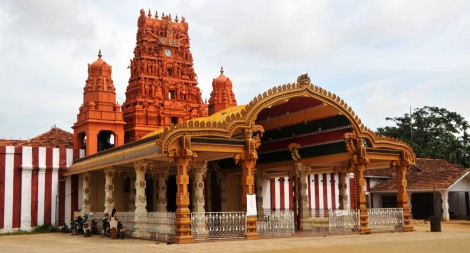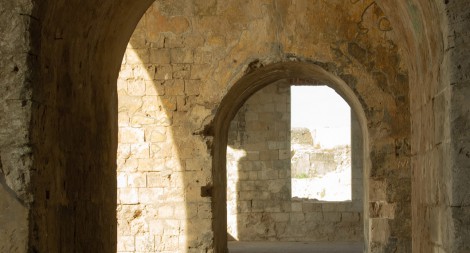Jaffna has a completely new face from other areas in Sri Lanka as the most of Tamil’s ancestors are directly from South India. The distance between Jaffna and the tip of India is only 100km. Hindu is a common religion for Tamil, thus there are many Hindu temples around the city. Historically, there had been always a tension between Tamil here and Sinhala. Another prominent difference is extreme dry weather. Instead of the natural habitat of coconut and plum trees in Southwest, palmyra palm, toddy palm, or sugar palm (borassus flabelifer) trees with hard fruits are the common.
Jaffna used to be the second largest city after Colombo until the insurgent uprising damaged the city and it lead to expel the part of population and military occupation. Today, tourists are able to enter after the civil war ended in 2009. There are many devastating scars on the buildings from the war.

It is one of the most notable Hindu temples in Jaffna. It was originally constructed in the mid fifteenth century, but destroyed by Portuguese in 1620. The current building was restructure which work had begun in 1807.

The Jaffna Museum which was maintained by the Department of National Museums was handed over to the Department of Archaeology which maintains it now. There are many Hindu historical and cultural items displayed here.

The fort was built by Holland in 1680. It is a 55-hector area broad. It is managed by the army and not able to enter.